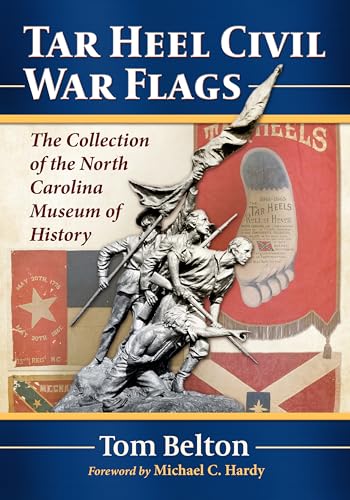
War Stuff
by Joan E. Cashin
"The Struggle for Human and Environmental Resources in the American Civil War"
Popularity
1.76 / 5
* A book's popularity is determined by how it compares to all other books on this website.
Where to buy?
Buy from Amazon* If you buy this book through the link above, we may receive a small commission at no extra cost to you.
War Stuff by Joan E. Cashin
Details
War:
American Civil War
Perspective:
Researcher
True Story:
Yes
Biography:
No
Region:
North America
Page Count:
271
Published Date:
2018
ISBN13:
9781108420167
Description
Main Themes and Topics
War Stuff by Joan E. Cashin delves into the complex and intense conflicts over resources—both human and material—between armies and civilians during the American Civil War, specifically in the Southern states. The book illuminates how war impacts the everyday lives of civilians, highlighting issues surrounding food, livestock, property, and personal relationships. Cashin provides a detailed examination of the ethical and pragmatic challenges faced by both military personnel and civilians when resources become scarce and competition for them becomes fierce.
Writing Style and Tone
Joan E. Cashin's writing in War Stuff is marked by its scholarly rigor and accessibility. She employs a detailed and methodical approach, using a wealth of primary sources to build her arguments. Despite the complex historical context, Cashin's prose remains clear and engaging, making the book approachable for both academic and general audiences. Her tone is analytical yet empathetic, providing a nuanced perspective on the human impact of war.
Brief Summary
The book provides a vivid depiction of the Civil War's toll on the Southern homefront, focusing on the struggle over resources like food, shelter, and labor. Cashin offers insights into the power dynamics between the Confederate armies and civilians, showing how these interactions often led to conflict. Through a series of thematic chapters, she explores issues such as the confiscation of property, the use of land, and the roles of gender and class in these conflicts, painting a comprehensive picture of the socio-economic landscape during the war.









